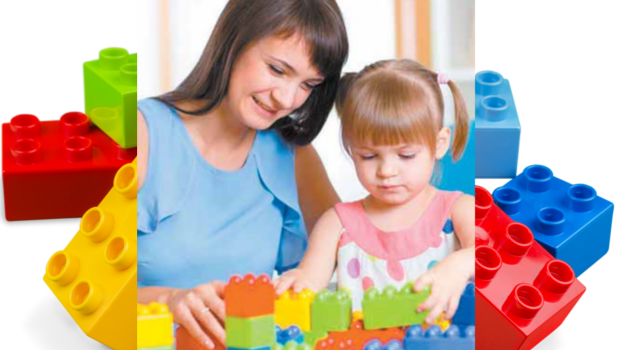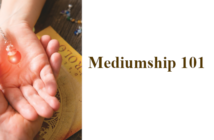by Diane L. MacDonald
Many children, particularly those with special needs, suffer with debilitating stress. Trouble focusing, short attention spans, not fitting in, poor organizational skills, as well as an inability to follow  instructions and requests in expected patterns can lead to frustration, feeling out control and hopelessness. This is a familiar pattern for many children with special needs and a sure set up for daily stress.
instructions and requests in expected patterns can lead to frustration, feeling out control and hopelessness. This is a familiar pattern for many children with special needs and a sure set up for daily stress.
When stress builds and is unmanaged, it overwhelms our ability to act. Stress can lead to depression, negative thoughts, anxiety and difficulty sleeping. Left unchecked, stress can result in lower immune function, obesity, heart disease and chronic pain. Again, all too familiar symptoms experienced by the special needs child.
Are these symptoms secondary to a diagnosis of attention deficit hyperactivity disorder, autism, or learning or behavior disorders, or are these symptoms occurring as a result of tremendous stress? The answer is not clear.
In my experience, when we approach our support of the special needs child with tools to manage the physical symptoms and emotional components of stress, we see tremendous results.
The physical manifestations of a body in stress include shortness of breath, increased heart rate, tightening of the muscles, an increase in adrenaline and cortisol, sweaty skin, poor digestion and elimination, to name a few. This is the body’s natural reaction to harmful, unsafe or uncomfortable situations and is known as the “flight-or-flight,” or stress, response. The response is controlled by the autonomic sympathetic nervous system, the branch of our nervous system that defends the body against attack. We could say that living in a constant state of stress is like living every moment in preparation of an attack.
How effectively can a child learn, listen to instructions, interact with others or make positive choices in this defensive mode of operating?
One of the main tenants of our work with the special needs child is to reduce or eliminate the physical manifestations of stress by turning off the sympathetic response and triggering the parasympathetic system—also an involuntary response. The parasympathetic system is concerned with nourishing, healing and the regeneration of the body. In this state, digestion and the immune system are stimulated and the body has time to rebuild. The parasympathetic system is activated by calming breathing techniques, rest, relaxation, experiences of happiness and positive thoughts—all fundamental qualities delivered in the practice of yoga and breathwork. Our yoga programs emphasize awareness of breath, yoga movement (asana) accompanied by breathing techniques that slow the heart and relax the mind, use of positive language as well as visualization, relaxation strategies, and meditation practices.
Whether stress is a symptom of a special needs diagnosis or the child’s interaction with the world—the result is the same. For many children, the sympathetic nervous system is in overdrive and exhausted; the physical and mental body has become depleted and burned out; and our children are often unable to learn, to grow, to play, and to enjoy life in a productive and meaningful way.
Therapeutic yoga sessions can help move a child into a parasympathetic state—fundamentally and sustainably altering their ability to release stress and live in a more positive relaxed state, freeing their minds and bodies to heal and to grow.
For more information on private therapeutic sessions at It Takes A Village Wellness, contact Diane L. MacDonald at 631-403-4847 or [email protected].
For more information about It Takes A Village Wellness, visit ItTakesAVillageWellness.com.
Diane L. MacDonald, MEd, NLP CP, E-RYT 200, RCYT, is the founder of It Takes A Village Wellness and director of Education Alive.





